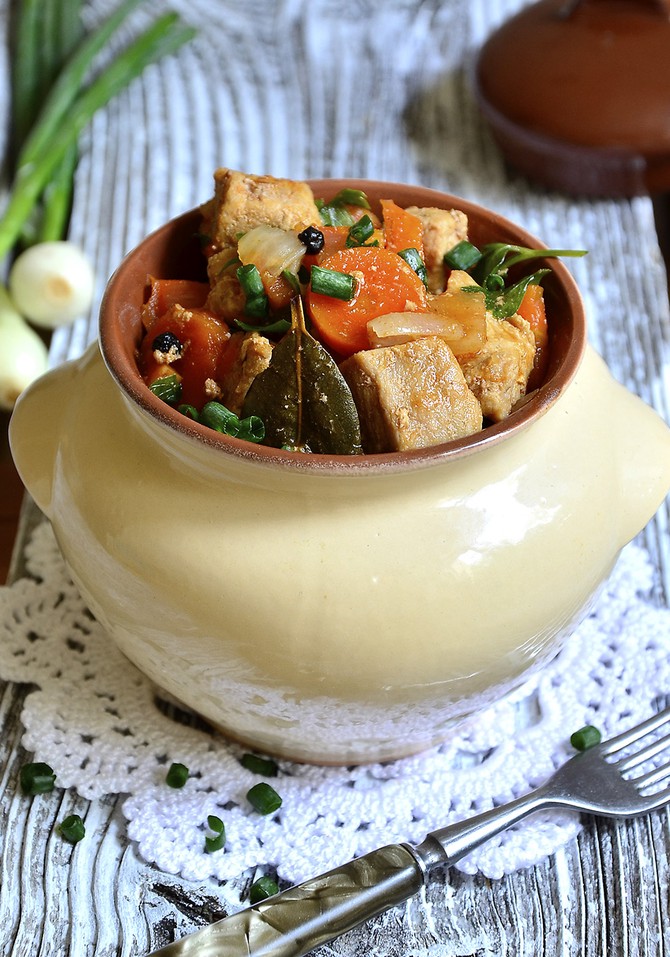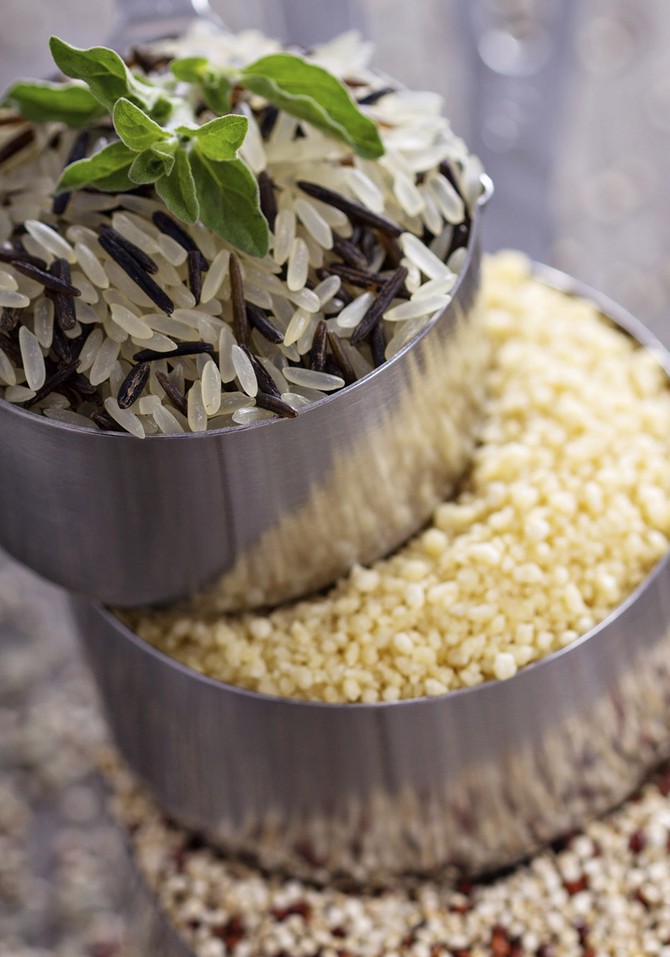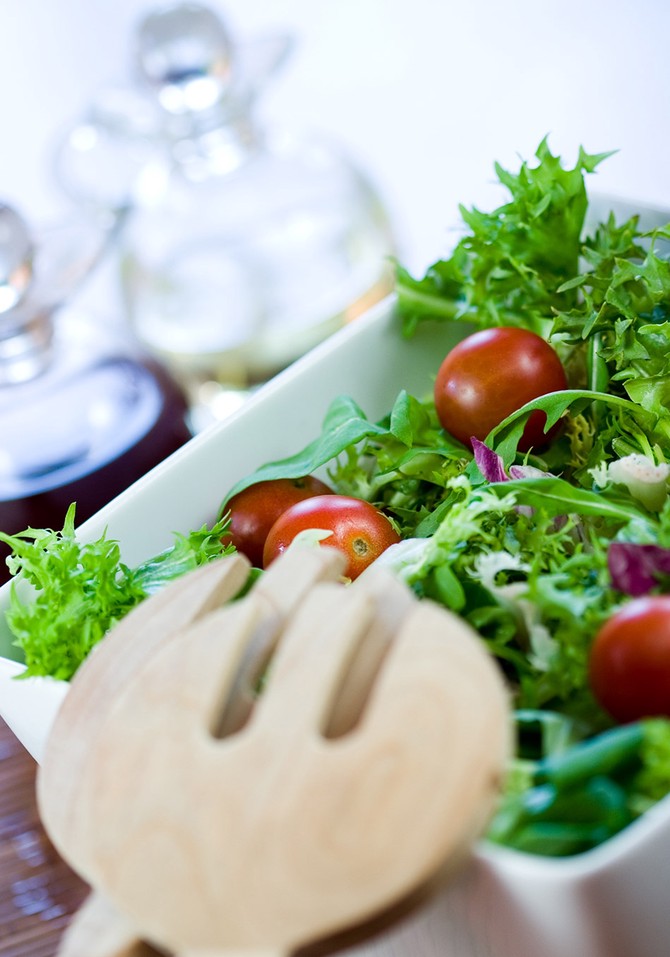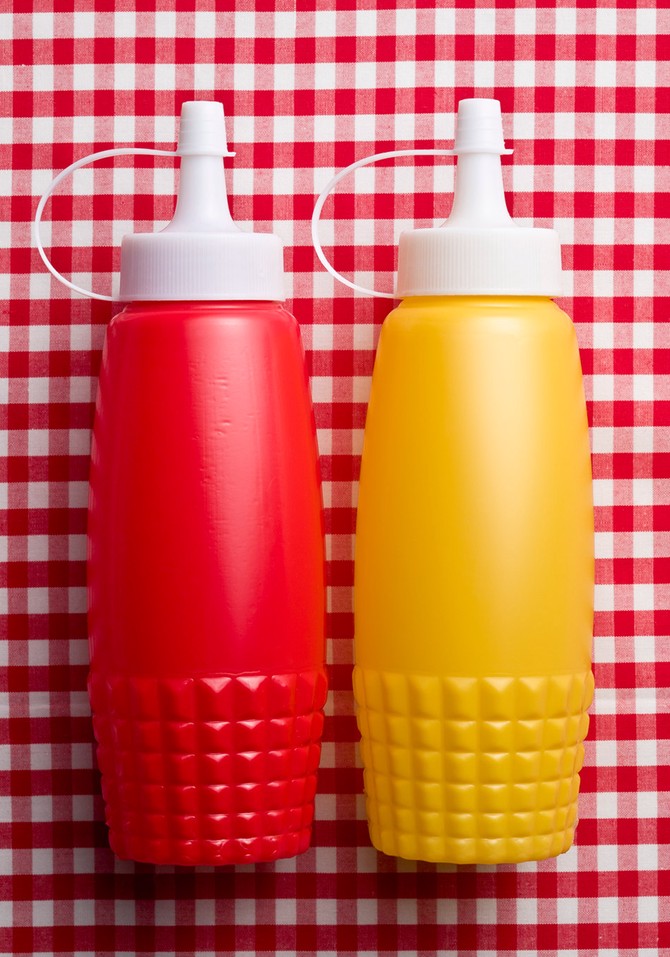4 Things a Professional Caterer Would Never Do
These smart strategies will help you make "Ta-da!" meals without breaking a sweat.
By Lynn Andriani

Photo: Lilechka75/iStock/Thinkstock
They Don't...Play Beat the Clock
In fairness, caterers do work under time constraints, but they stack the odds in their favor by planning a menu that won't have them racing to finish every dish at the same exact time. Monika Reti, who has catered weddings and other events and now runs the cooking school Hipcooks, which has six West Coast locations, knows that many of us stress about making and timing multiple dishes—and lose valuable cooking time in the process. To avoid dishes getting cold and soggy while you're waiting for another to finish, it's all about selecting strategic recipes, Reti says. Her ace in the hole: braised meat. Though it may sound chef-y, it really just means that you cook chicken, beef, pork or another protein dish low and slow. You can start it hours before you plan to eat; while it cooks, you can prepare a salad and clean the kitchen. Take the meat out of the oven and let it sit while you prepare simple sides, such as salad, rice or couscous. (Bonus: Your house will smell amazing.)

Photo: VeselovaElena/iStock/Thinkstock
They Don't...Get Hung Up on Portion Sizes
Doing the math on quantities can quickly become overwhelming, but if you can commit a few short items and their respective amounts to memory, you'll never again have to waste time figuring out if you bought enough chicken or made a salad that would feed double the amount of people you're serving. Reti relies on the following per-person guidelines:
One handful of salad, potatoes or salad greens
One ladle of soup
1/2 cup uncooked rice, couscous or quinoa if the grain is part of a main dish; 1/4 cup if it's a side dish
A palm of your hand's worth of chicken, pork, beef or lamb (slightly larger, to, say, the joint of your first finger, for fish)

Photo: Julien Bastide/Hemera/Thinkstock
They Don't...Try to Reinvent the (Salad) Wheel
There's more to making a party-worthy salad than swapping in darker green leaves for iceberg lettuce. Reti's default is some sort of prewashed, organic greens, whether an herb salad mix or baby arugula. They're colorful and often have a great combination of bitter leaves (such as radicchio or frisee) and bright herbs (such as dill). The best part: They need very little to complement them. Reti's a fan of a swirl of extra-virgin olive oil, a sprinkling of lemon and a smattering of flaky sea salt such as Maldon. In fact, she loves this trio so much, she uses it almost exclusively on every salad she makes. And once you find your ideal combination, it'll be a no-brainer to prepare.

Photo: Mark Fairey/iStock/Thinkstock
They Don't...Overlook the Squeeze Bottle
The simple plastic squeeze bottle that Anthony Bourdain called an "indispensable tool," in his landmark Kitchen Confidential, is not just for chefs. Reti confirms that caterers love these containers—which you've probably seen sitting alongside hot dogs and hamburgers—as well, and for more than just adding zigzags of sauce to a finished dish. Everyday cooks can use them for pesto, mayonnaise, tzatziki, chili sauce and other condiments. They're a safe and convenient way to store sauces, and the squirt top makes them even easier and faster to use.
Published 11/21/2014

